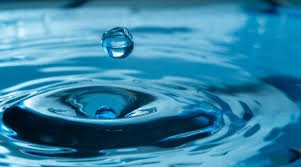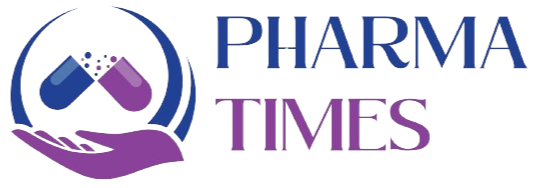Guide to Inspections of High Purity Water Systems

💧 Guide to Inspections of High Purity Water Systems
1. System Design & Qualification
-
✅ Is the system designed with sanitary construction (316L SS, orbital welding, sloped piping, drainability)?
-
✅ Has the water system undergone DQ, IQ, OQ, and PQ?
-
✅ Are P&IDs and system drawings approved and updated?
-
✅ Is there evidence of risk assessment for microbial control (dead legs < 1.5 × pipe diameter, no stagnant points)?
-
✅ Are storage tanks vented with hydrophobic filters and fitted with spray balls for CIP/SIP?
Key Audit Focus: Improper design, dead legs, lack of documentation.
2. Operation & Maintenance
-
✅ Are SOPs in place for operation, sanitization, and maintenance?
-
✅ Is routine preventive maintenance performed and documented?
-
✅ Are pumps, valves, and instruments maintained in sanitary condition?
-
✅ Is there a defined frequency for heat sanitization or chemical sanitization?
-
✅ Is re-circulation continuous to avoid stagnation?
Key Audit Focus: Irregular sanitization, improper maintenance logs.
3. Calibration & Instrumentation
-
✅ Are online instruments (TOC, conductivity, temperature, pressure) calibrated as per schedule?
-
✅ Are calibration records traceable to national/international standards?
-
✅ Are alarms for excursions in place and functional?
Key Audit Focus: Expired calibrations, non-functional alarms.
4. Water Quality Monitoring
-
✅ Is sampling done at representative points (POUs, tank, loop, return line)?
-
✅ Are chemical, microbiological, and endotoxin tests performed as per pharmacopeial requirements (USP/EP/JP/IP)?
-
✅ Are trending reports prepared (conductivity, TOC, microbial counts)?
-
✅ Is alert and action limit rationale documented scientifically?
-
✅ Are OOS/OOT investigations performed promptly?
Key Audit Focus: No trending, arbitrary limits, poor documentation.
5. Microbial Control
-
✅ Is the system maintained at >65°C (hot PW/WFI) or equivalent sanitization regime?
-
✅ Are biofilm control strategies documented (heat/chemical sanitization)?
-
✅ Are microbial excursions investigated thoroughly?
-
✅ Is there an action plan for repeated contamination?
Key Audit Focus: Uninvestigated excursions, biofilm formation.
6. Documentation & Data Integrity
-
✅ Are logbooks for operation, sanitization, and maintenance complete and contemporaneous?
-
✅ Are electronic data (TOC, conductivity) secured with audit trails?
-
✅ Is there traceability from sampling to test results?
-
✅ Are deviations and CAPAs documented properly?
Key Audit Focus: Missing log entries, shared logins, incomplete deviation reports.
7. Regulatory Compliance & Validation
-
✅ Are protocols and reports for system qualification approved by QA?
-
✅ Has validation been performed for seasonal variations?
-
✅ Are periodic requalification and validation reviews documented?
-
✅ Is the system compliant with USP <643> TOC, <645> Conductivity, <1231> Water guidance?
Key Audit Focus: Validation gaps, non-compliance with pharmacopeia.
📌 Common Deficiencies Found by Inspectors
-
Dead legs or poorly designed piping.
-
Inadequate sanitization frequency.
-
Missing or incomplete logbooks.
-
Sampling not representative of the entire system.
-
OOS/OOT results not investigated.
-
Outdated system drawings/P&IDs.
-
Lack of trending and risk assessment.
🎓 Discover one of the best Complete Pharmaceutical Quality Assurance Course available —click below to explore the course that’s shaping future in QA Course skills.

